Uw mand
Ribbon zangmicrofoon
Voir les marques
Filters
Filtreren
20
Resultaten:
Producten per pagina
Sorteren

2319.00 €
2300.00 €

999.00 €
795.00 €

1414.80 €
1027.00 €

949.00 €
749.00 €
verkoop


1169.00 €
1119.00 €
verkoop
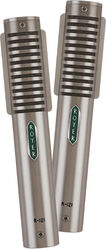

3849.00 €
2999.00 €

1699.00 €
1490.00 €

903.60 €
798.00 €
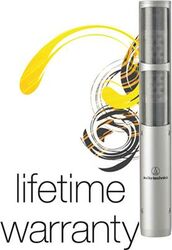
699.00 €
640.00 €

2319.00 €
1799.00 €

2855.00 €
2740.00 €

4749.00 €

3999.00 €
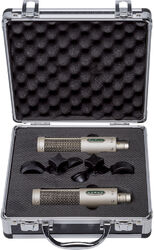
1986.00 €
1548.00 €

8099.00 €
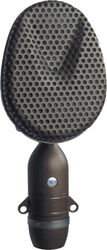
1259.00 €
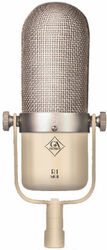
196.00 €
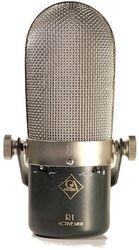
248.00 €

6187.00 €
5199.00 €

4164.00 €
3498.00 €
Merken in de categorie : Ribbon zangmicrofoon
Bekijk meer






